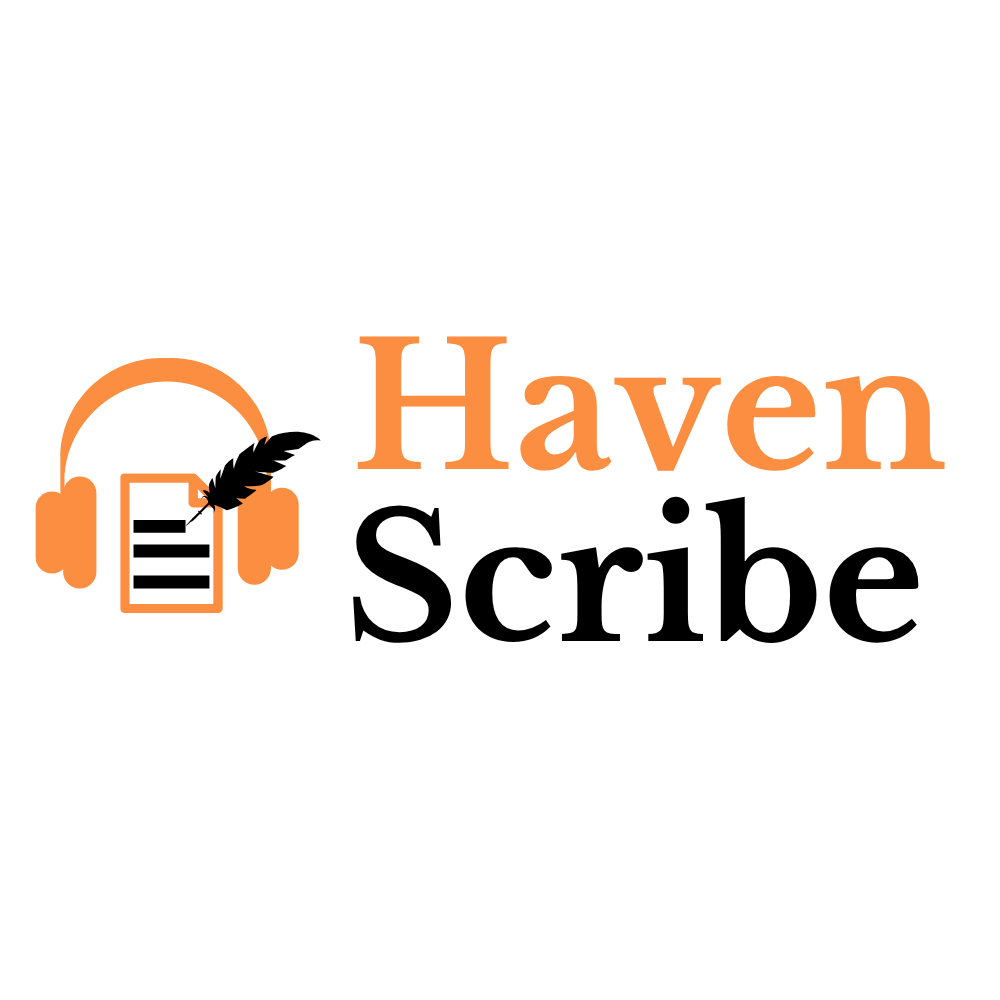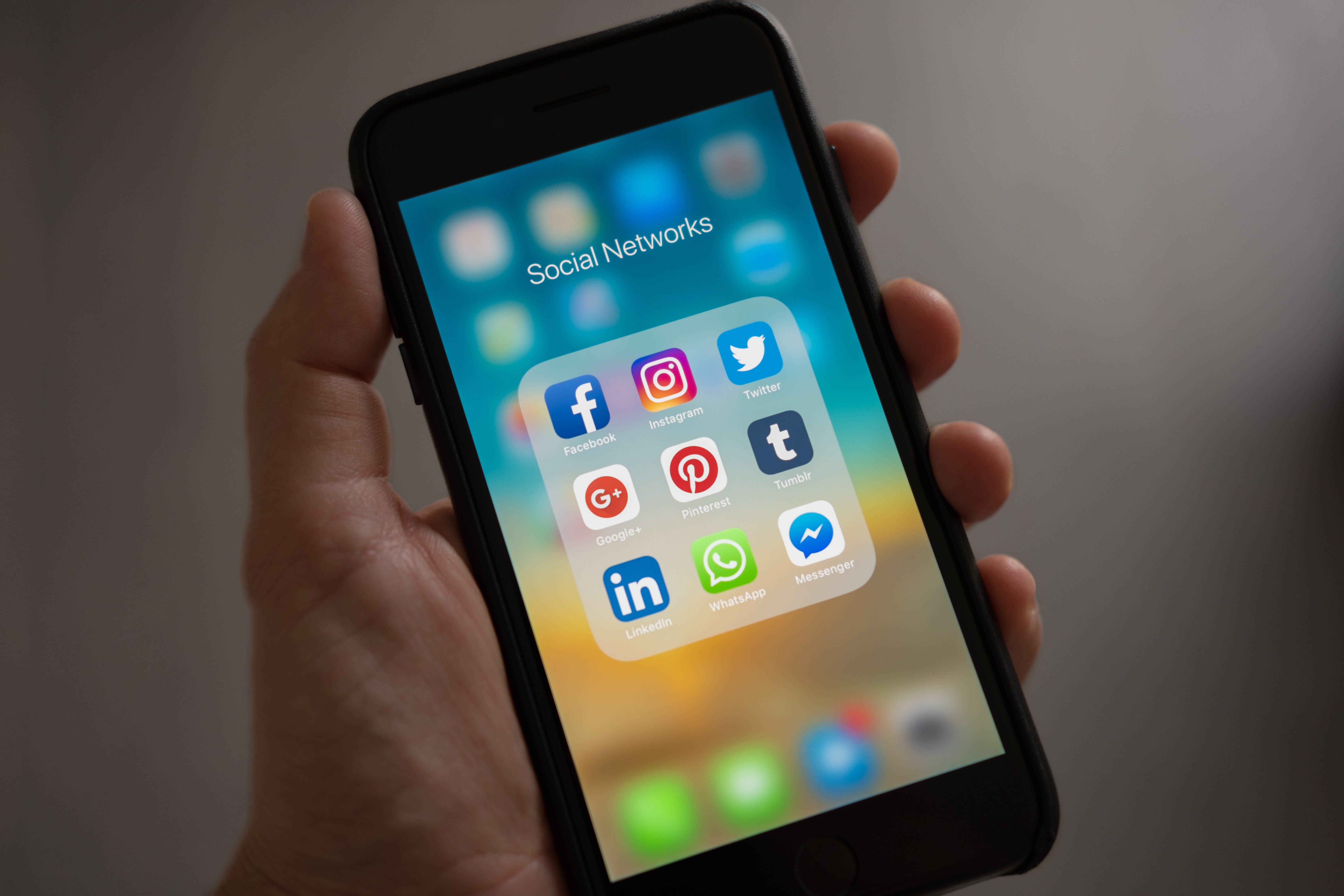Is the ever-growing use of speech recognition software posing any risk to your transcription career? This is a critical question that you should ask yourself.
In this digital age, technology has brought new possibilities in the transcription field. Transcription software is advancing by the day. And more and more speech recognition interfaces are being developed.
Ponder this.
Clients can now choose between automated transcription and manual transcription. Take a hiring platform like Upwork, for example. You may or may not have noticed but transcription proofreading jobs are on the rise. This means clients are now hiring freelancers to clean up machine transcription as opposed to starting from scratch.
As a result, clients offer to pay way less than they would for manual transcription. And this is why you should think about the future of your transcription career.
Distinction Between Automated and Manual Transcription
1. Automated transcription
Automated or machine transcription is the conversion of audio to text using speech to text technology or software. Here, you just upload your audio/video, then sit and wait. It’s that amazing?
While machine transcription is fast and super easy, it cannot produce 100% usable result. When it comes to punctuation and capitalization, some software output terrible result. That makes it difficult to find a transcription software that produces 100% accuracy level.
Not just that. Most speech recognition software cannot detect speaker turns, especially where multiple speakers are involved. This translate to incorrectly broken paragraphs and missing speakers or words.
Also factors such as dialects/accents, inaudible speech, slang, background noise, rapid speech, mispronunciations, mumbling, etc., interfere with the software’s ability to create accurate transcriptions. But of course, the software attempts to take the best guess at the words being spoken, which leads to more inaccuracies.
For example, I run a clear British-accented recording through VoiceBase. The speech-to-text software interpreted “Yuck” as “F***.” I’m not even kidding. “Before it was popular” was interpreted as “Maybe the board was popular.” I can bet you nobody wants to find themselves in such a messy situation.
2. Manual Transcription
Quite the opposite, manual or human transcription is where a human being converts audio to text without the help of any transcription software.
Nothing beats transcription output by a transcription specialist. When a manual transcription is done by a highly trained transcriber, the outcome is quite satisfying. This is because human beings can easily comprehend what is being said.
Manual transcriptions also eliminate errors since humans are capable of editing and proofreading the transcription. As a result, a high accuracy level is achieved. This proves that human transcription still takes the lead in regards to accuracy.
Now the big question.
Will automated transcription replace manual transcription anytime soon?
You guess is good as mine. Due to the factors mentioned above, automated transcription will never entirely replace manual transcription.
There is no doubt that automated transcription can save a lot of time. However, this depend on the quality of the audio. Similarly, there are inaccuracies that automated transcription tools cannot address.
As much as some clients are going the speech to text route, they eventually require proofreaders to detect and correct errors. Therefore, as long as accuracy remains a key component of transcription, manual transcription will remain very pertinent. And there will always be a manual transcription element in every transcription.
What should distinguish you from automated transcription…
Speech to text technology may never quite replace human technology. But this should not give you the leeway to be lazy. Whether manually or machine transcription, all that clients care about is to have their needs met promptly and with accuracy.
Remember, a machine may not replace you but a client can replace you with another transcriber. Your role is, therefore, to execute transcription with great precision. To do that, you need to have the relevant skills. It’s the only way you can keep going. It’s the only way you can remain competitive.
Again, if you want to make a living out of this career, you do not have a choice. You must work towards gaining the skills necessary to meet the high standard that this field requires.
So, which skills should you have?
Must-have transcription skills
- Listening skills
- Fast and accurate typing skills
- Proofreading and editing skills
- Comprehension skills
- Grammar skills
- Punctuation skills
- Research skills
Yes, you can do it. Just do what you have to do.
The use of automated transcription software is indeed on the rise. Speech-to-text developers are doing everything possible to improve their usability. However, factors such as accents, diction, mumbles, inaudible speech always affect output quality from machine transcription. This makes it impossible for such software to accomplish 100% accuracy level.
That said, the important thing to note is that clients do not compromise on quality. They perpetually incline to options that make sense to them and that solves their transcription needs. Your role is, therefore, to equip yourself with the right transcription skills. That’s not all. Give your clients value for their money.
Deliver beyond your clients’ expectation. This way your transcription career will not suffer.





